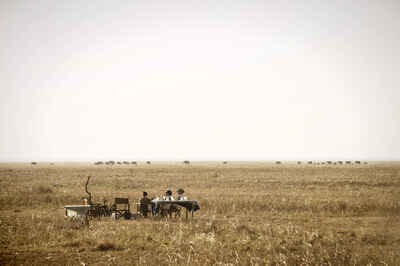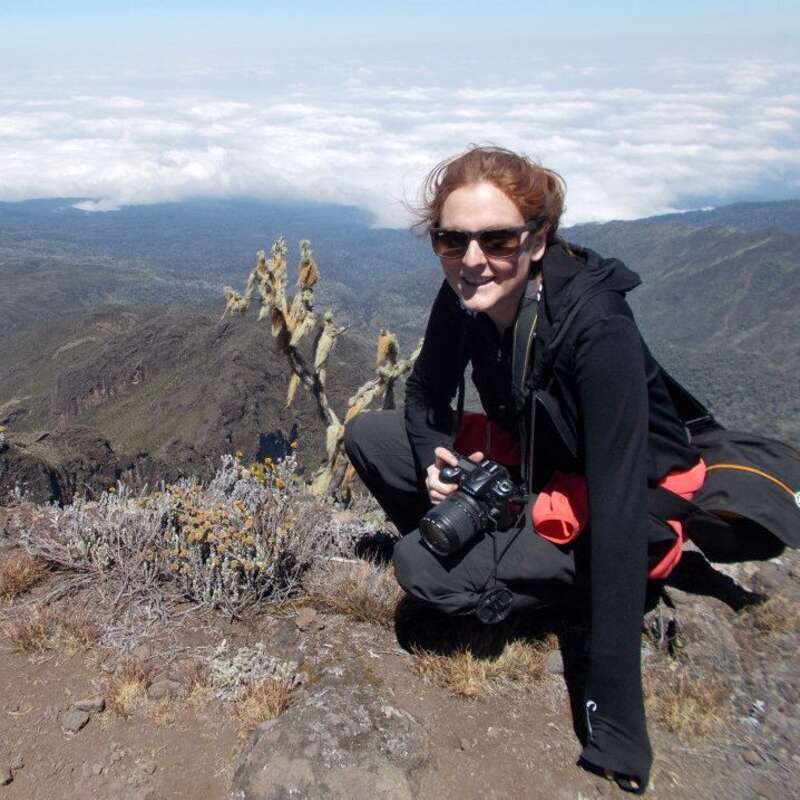About Chada Camp
Chada Camp is a bush camp occupying a woodland spot on the edge of Chada Plain in the heart of Tanzania's ...
... Katavi National Park. It aims to offer guests an authentic safari experience in this remote park 50km east of Lake Tanganyika – and is sometimes known as 'Chada Katavi Camp'.
Chada is a wild camp, aiming to suit those who want a traditional safari experience with good food, comfortable beds, and great guiding. You're immersed in Katavi National Park bush, not insulated from it – and in one of the most remote and wild reserves in East Africa.
Accommodation
6 tents
Children
Best for 12+
Open
June 15th – November 15th
Activities

4WD Safari

Birdwatching

Fly-camping

Guided walking safari

Private activities
Traveller reviews of Chada Camp
34 real, un-edited reviews from Expert Africa's travellers.
Arrived 3 Oct 2022, 3 nights
"Chada Camp review"
Overall rating: Excellent
Arrived 29 Jul 2021, 4 nights
"Chada Camp review"
Overall rating: Excellent
Arrived 14 Oct 2019, 3 nights
"Chada Camp review"
Overall rating: Excellent
Arrived 5 Aug 2019, 3 nights
"Chada Camp review"
Overall rating: Excellent
Arrived 11 Oct 2018, 4 nights
"Chada Camp review"
Overall rating: Excellent
Arrived 24 Sep 2018, 3 nights
"Marvelous camp and safari "
Overall rating: Excellent
Arrived 26 Jul 2018, 4 nights
"Great Camp in a Nice Location"
Overall rating: Good
Arrived 26 Oct 2017, 4 nights
"Chada Camp review"
Overall rating: Excellent
Arrived 16 Oct 2017, 3 nights
"A camp to experience nature at it's best"
Overall rating: Excellent
Arrived 12 Oct 2017, 3 nights
"Great park and good game viewing"
Overall rating: Good
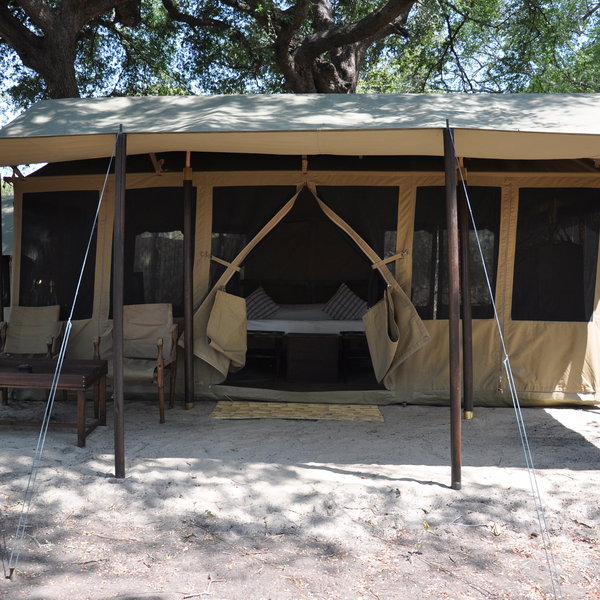
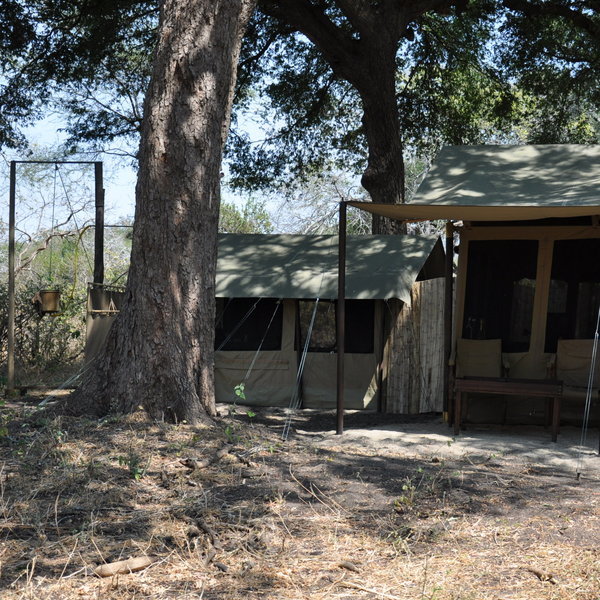
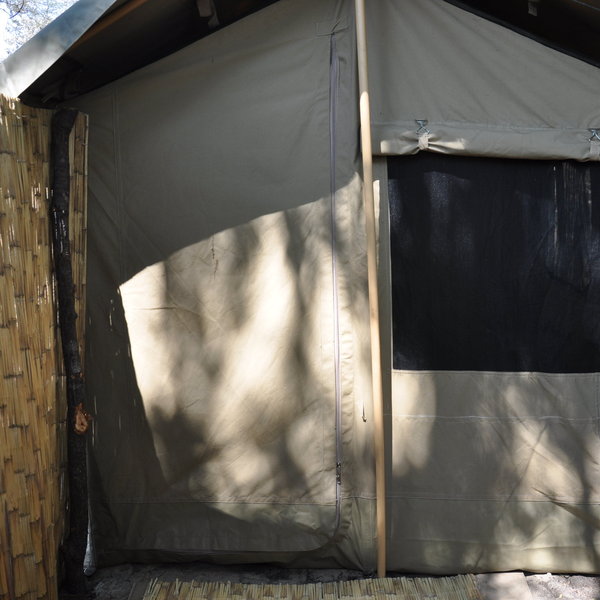
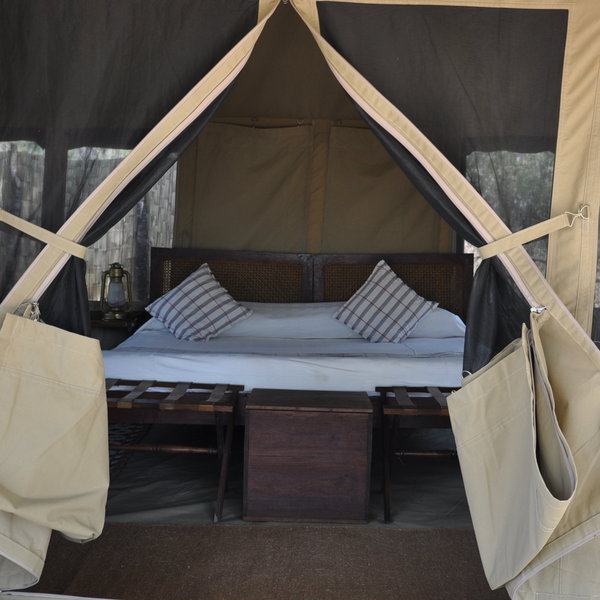
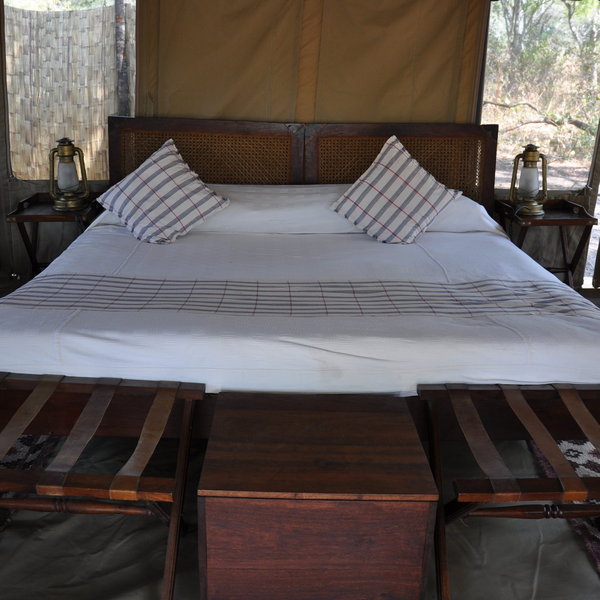
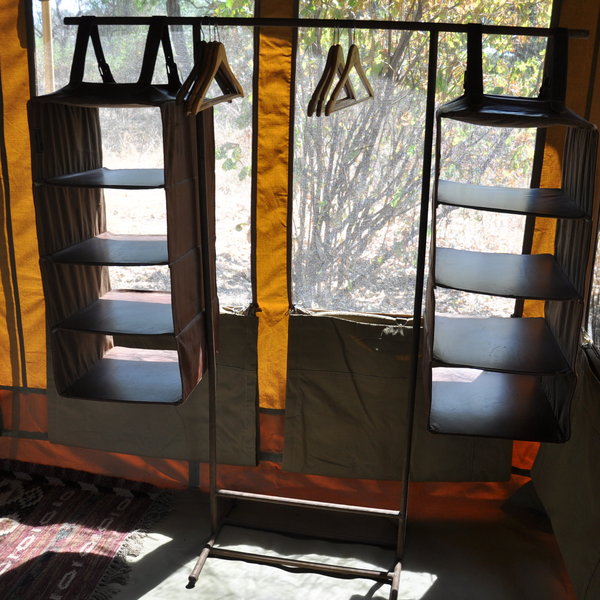
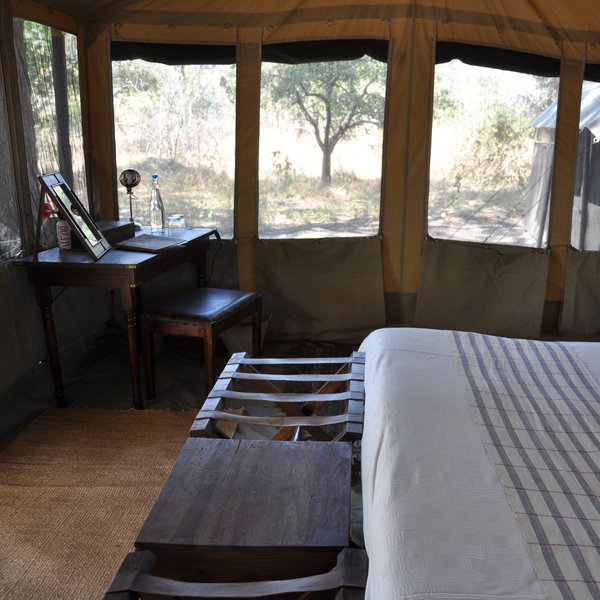
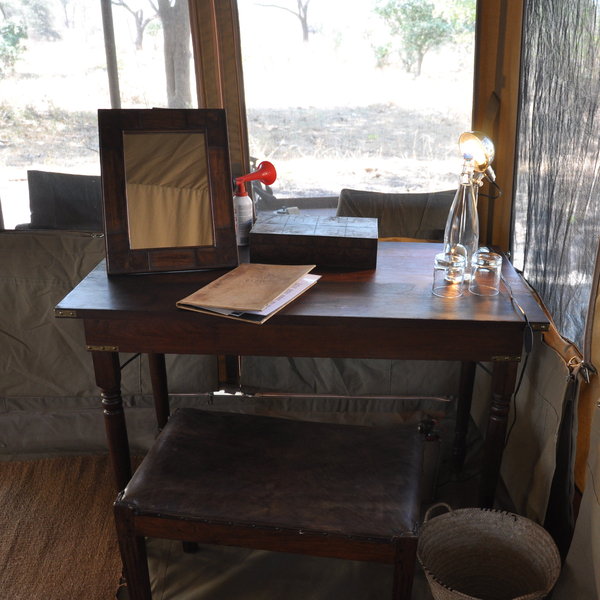
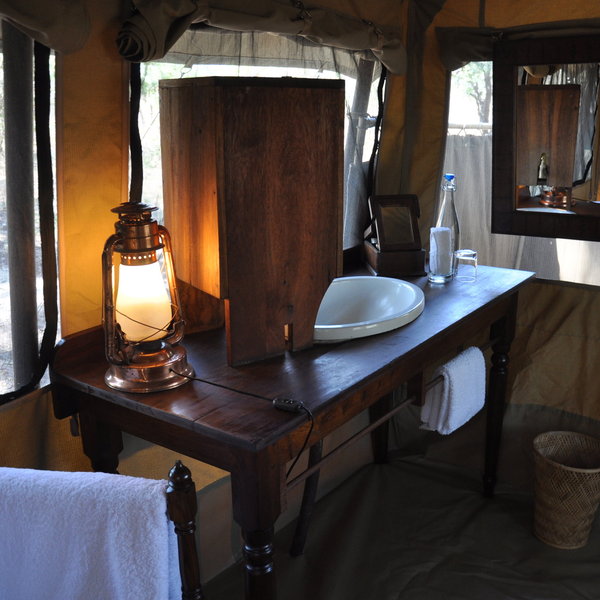
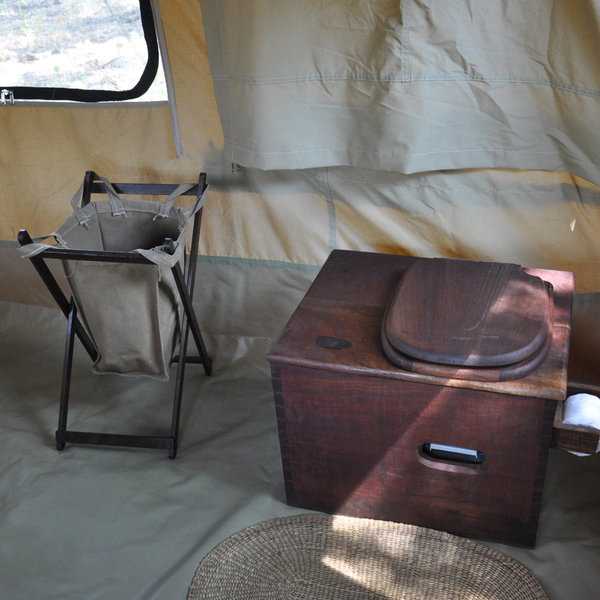
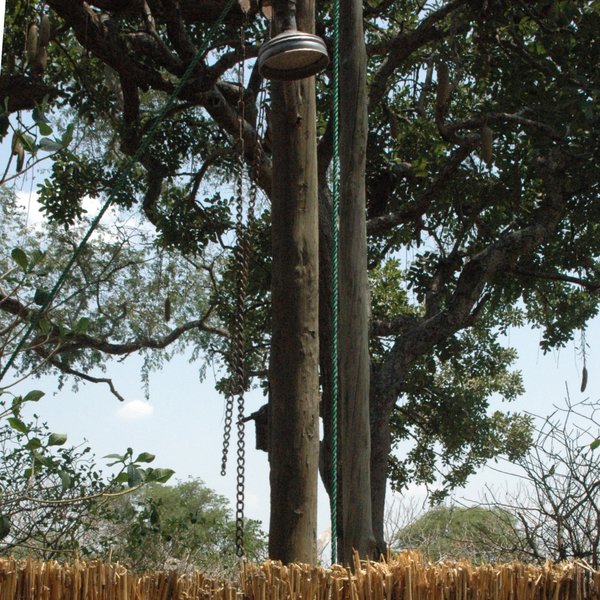
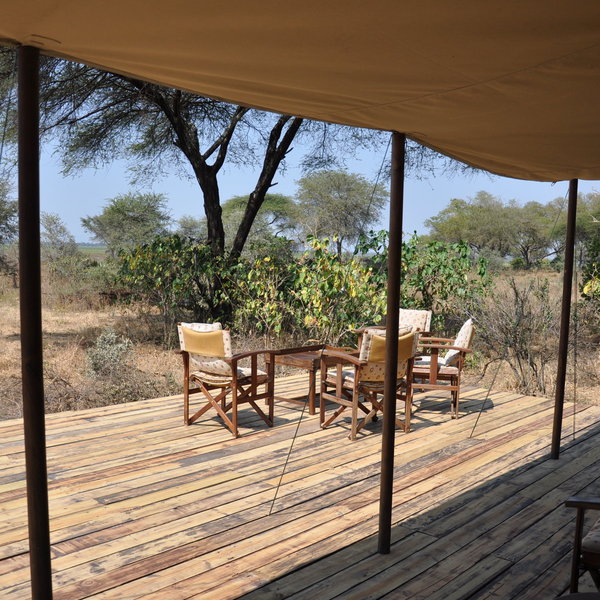
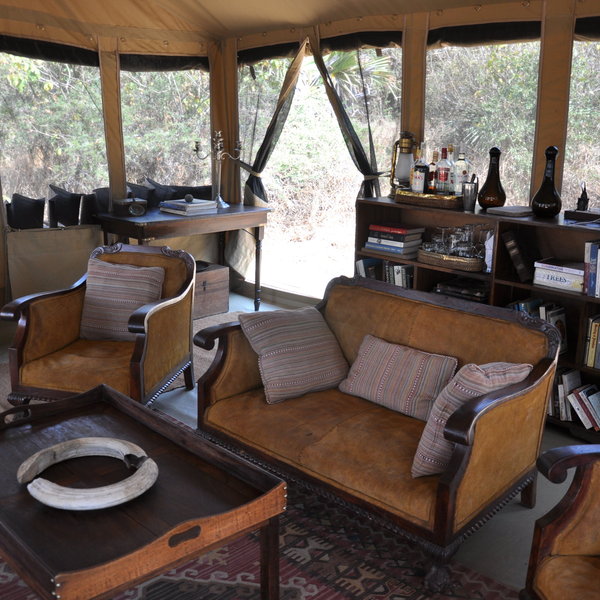
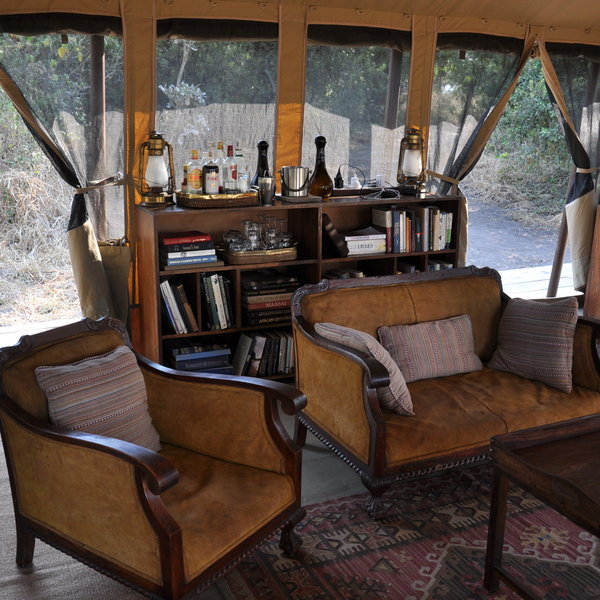
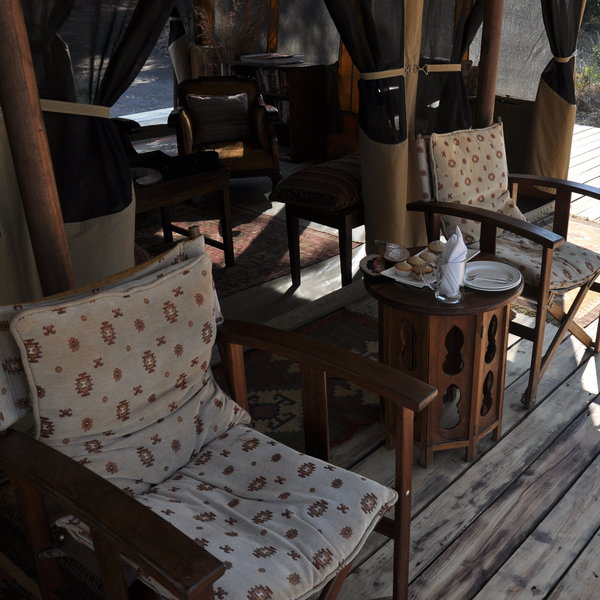
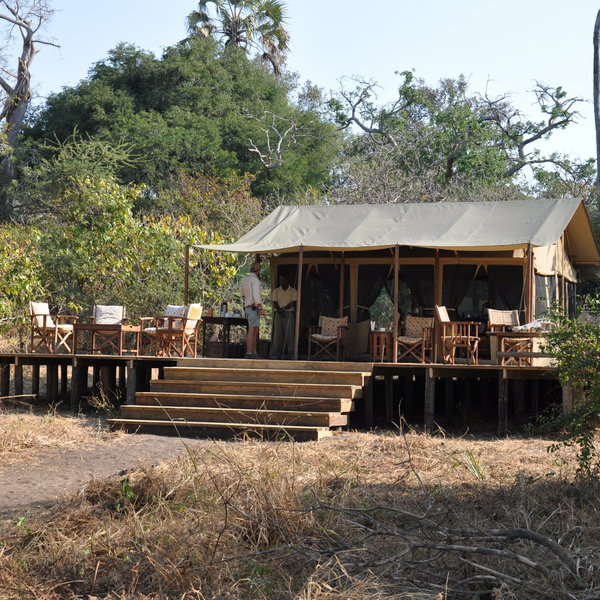
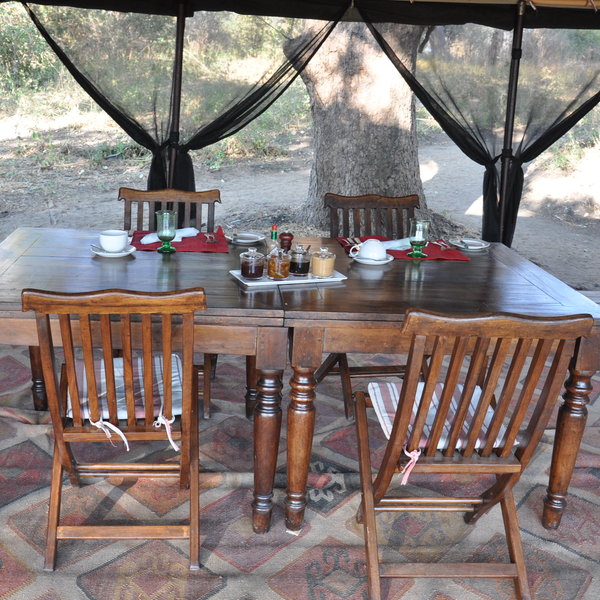
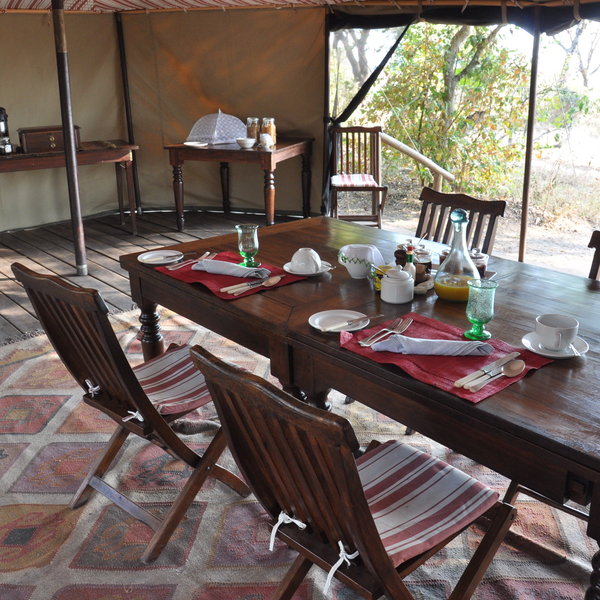
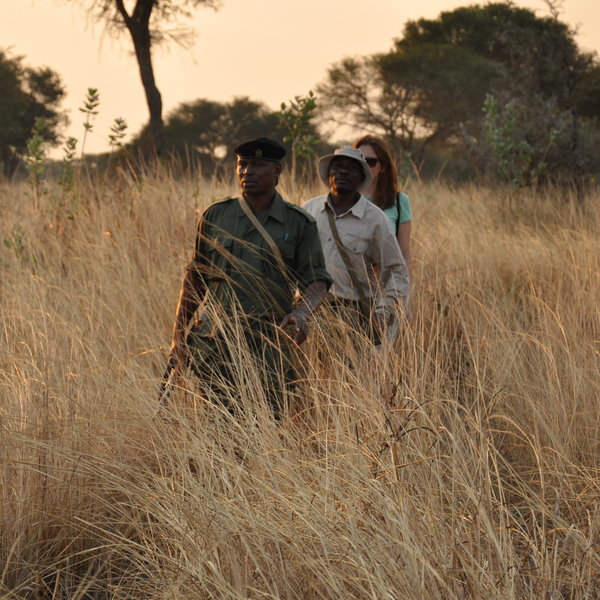
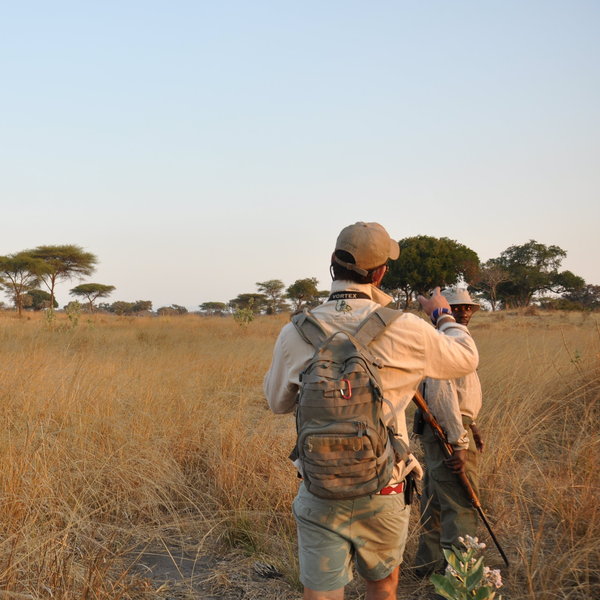
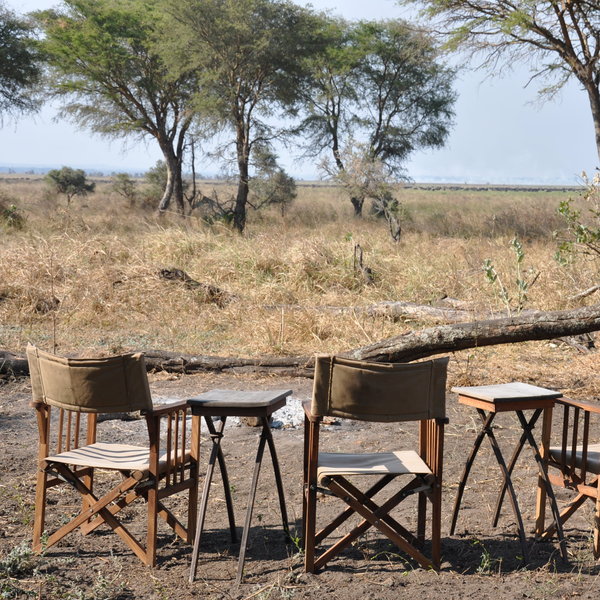
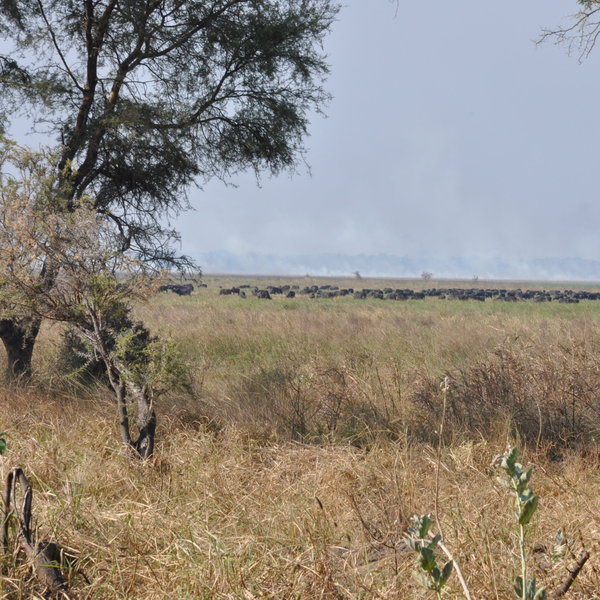
Expert Africa's gallery
When we travel we take lots of photos ourselves to give you a real and un-edited view of the safaris. See our 42 pictures and 1 videos of Chada Camp to get the candid view.
View gallerySafaris visiting Chada Camp
Just ideas, we'll always tailor-make a trip for you
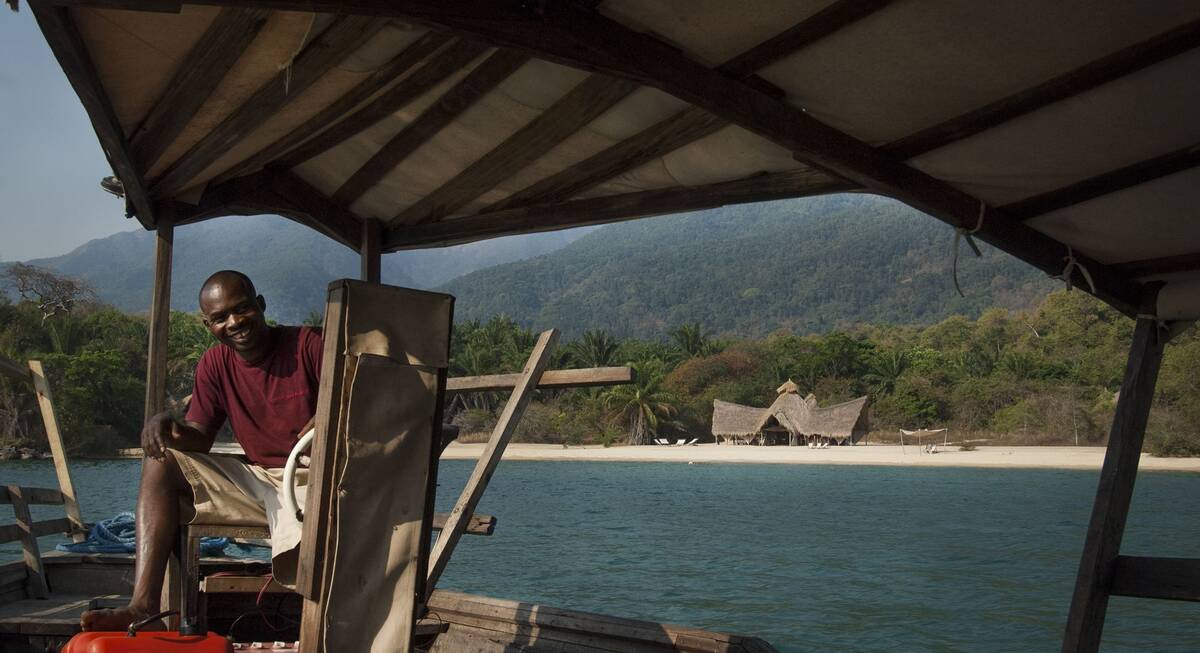
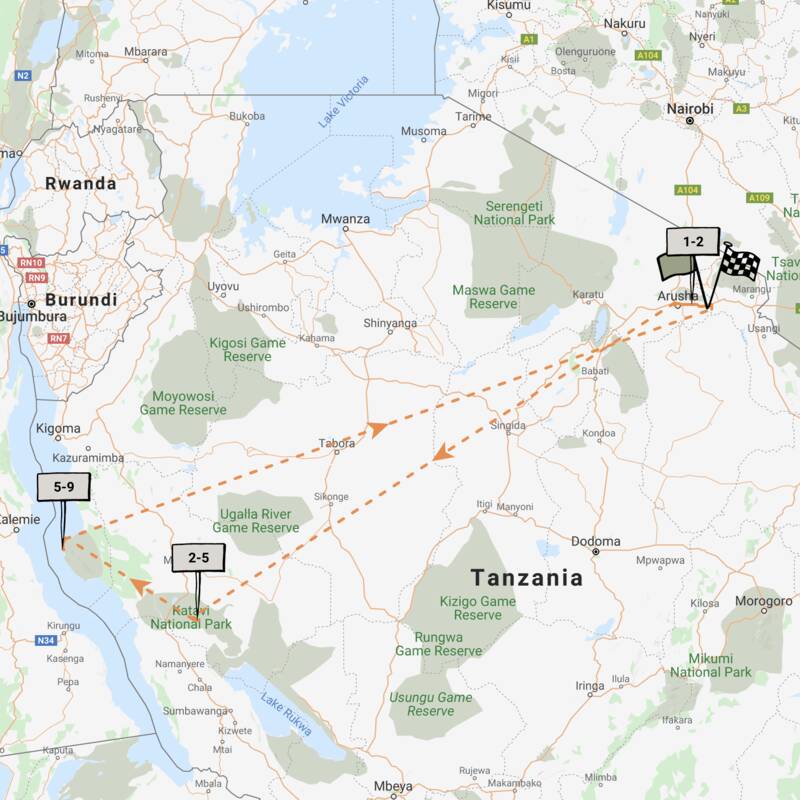
Chimpanzee Fly-in Safari
8 days • 3 locations • 1 country
KILIMANJARO AIRPORT TO KILIMANJARO AIRPORT
Combining two of the remotest parks in Tanzania, this safari can deliver extraordinary wildlife viewing in Katavi, and East Africa's best chimp treks, on the shores of Lake Tanganyika.
Visiting Mahale Mountains, Katavi and 1 other area
US$11,370 - US$16,530 per person
Chada Camp: Our full report
Chada Camp is a bush camp occupying a woodland spot on the edge of Chada Plain in the heart of Tanzania's ...
... Katavi National Park. It aims to offer guests an authentic safari experience in this remote park 50km east of Lake Tanganyika – and is sometimes known as 'Chada Katavi Camp'.
Katavi has a number of wide open floodplains, flanked by forested areas. The six safari tents at Chada are nestled amongst the trees and face out towards the plains. While some have slightly better views than others, they all enjoy a great degree of privacy thanks to the fairly generous spacing between the tents. Each room has big gauze windows that allow the breeze to pass through – this is especially welcome August–October when it's very dry – but keeps the insects out. Each tent is decorated with subtle natural fabrics and palm matting and feature a large, very comfortable bed, a writing desk; outside, practical canvas chairs sit on the veranda. The rooms are simple in design, yet comfortable and well equipped. There is an ensuite bathroom with a flush toilet and an outside bucket shower. Enjoying a cooling shower during the heat of the day, and watching elephants browsing the trees out on the plain, is quite the experience.
Chada Camp's communal areas consist of a lounge-cum-library tent, where guests are welcome to sit and relax – a pair of binoculars in hand. On our last visit, in September 2018, we sat watching a herd of elephants wander through camp, numbers of giraffe every day, as well as a herd of several hundred buffalo on the plains. Afternoon tea will usually be served here before you head out on your afternoon activity, while breakfast and lunch are dished up in the dining tent (if taken in camp) and dinner served outside on the decking under the stars. There's a campfire set a little in front of the lodge, where guests usually gather for pre-dinner drinks and nibbles.
As you'd expect, safari activities are the main focus at Chada Camp. Chada's knowledgeable safari guides will lead you on 4WD game drives, accompanied by a picnic breakfast and perhaps even a picnic lunch too. Katavi National Park has plenty of open country, including the fringes of its great plains and often it can take a whole day to explore a section of the park. It's particularly good for walking safaris, which are always accompanied by an armed game scout. We enjoyed a fantastic walk on our last visit, encountering large pods of hippo down in the river below us, as well as the Chada pride of lions in the distance. There is also the opportunity to night drive; in 2018, we encountered vast numbers of hippo out grazing, numerous genets and a fantastic sighting of a civet.
Game in Katavi is at its best towards the end of the dry season (August–October), when the small pools of water dry up and huge quantities of game file down to drink what little-available water there is each day. One of the best features of Katavi is the incredibly low number of annual visitors: it is said that Katavi receives as many visitors in a year as the Ngorongoro Crater receives in a single day. With only three camps in the park, the likelihood of encountering other vehicles is very low – so low in fact that, in September, we saw only one other vehicle each day (and twice it was a ranger!). With the benefit of having the park mostly to yourselves to enjoy, there is a slight downside in that there aren't ever many vehicles out on game drives looking for wildlife and sharing information, so you do need to work a little harder to find the animals.
The park suffers during the rains as the vast plains completely flood, and black cotton soil makes driving difficult, so the season here for visitors is short: June to mid November. Be aware that Katavi does have tsetse flies, which bite – and whilst the camp takes precautions to minimise these, few people will stay here for 3-4 nights without getting bitten out on a game drive. Thus, it's probably not the best destination for anyone who reacts very strongly to insect bites.
When staying here 3-4 nights, consider spending at least one night out in the bush, on an adventurous fly-camping trip, which comes highly recommended. It's a perfect way to experience the bush in the most authentic way.
Activities
4WD Safari
Birdwatching
Fly-camping
Guided walking safari
Private activities
Families & children
- Attitude towards children
- The camp welcomes families with older children.
- Property’s age restrictions
- The minimum age at Chada Camp is 12 years.
- Special activities & services
- None
- Equipment
- None
- Generally recommended for children
- Katavi is a wild park - and so not really suitable for young children. Wildlife frequently moves through camp, including big game like elephants and giraffe.
- Notes
- Katavi National Park is very remote and very wild. We’d only recommend this for well-behaved, older children who have an interest in nature.
Food & drink
- Usual board basis
- Full Board & Activities
- Food quality
- Breakfast at Chada Camp is often taken with you if you choose to leave on an early-morning game drive. If you want to stay in camp, there is a selection of fruits and cereals, followed by cooked eggs, bacon and sausages, as well as tea, coffee and fruit juice.
Lunch can again be taken along if you’re out on a full-day game drive. However, many choose to return to camp and if you do you’ll probably be offered similar fare to what we ate on our last visit in September 2018: a light and fresh selection of salads, freshly baked bread and something more substantial like quiche, sausage rolls or chicken skewers. This was always followed by a cool, fruity dessert.
Dinner is usually eaten together with all guests sharing a communal table. It’s generally a three-course set menu of simple, hearty dishes, brought to guests at the table for them to help themselves. The grilled tilapia and chocolate mousse were highlights of our last visit, along with the fantastic bush breakfast that followed our safari walk. - Dining style
- Group Meals
- Dining locations
- Indoor and Outdoor Dining
- Further dining info, including room service
- Room service isn’t really possible here as there are too many insects, which would be attracted to the food.
- Drinks included
- Most drinks are included at Chada except premium wines and spirits.
Our travellers’ wildlife sightings from Chada Camp
Since mid-2018, many of our travellers who stayed at Chada Camp have kindly recorded their wildlife sightings and shared them with us. The results are below. Click an animal to see more, and here to see more on our methodology.

100% success

100% success

100% success

100% success

100% success

100% success

86% success

57% success

43% success

33% success

14% success

0% success

0% success

0% success

0% success

0% success

0% success
Getting there
- Location
- Katavi National Park, Tanzania
- Ideal length of stay
- There are two flights a week into Katavi (Mondays and Thursdays), so guests usually stay 3–4 nights, unless they charter privately.
- Directions
- The camp is about a 30-minute straight drive from Ikuu Airstrip. However, guests will usually take a leisurely hour’s game drive en-route to the camp.
- Accessible by
- Fly-and-Transfer
Special interests
- Walking safaris
- Chada Camp is particularly good for walking safaris, which are always accompanied by an armed game scout.
- See ideas for Walking safaris in Tanzania
- Wildlife safaris
- Chada camp is a very serious safari camp in one of Africa's most remote national parks. It's particularly noted for its sense of wilderness, and for large herds of buffalo hunted by big prides of lion!
- See ideas for Wildlife safaris in Tanzania
Sustainability
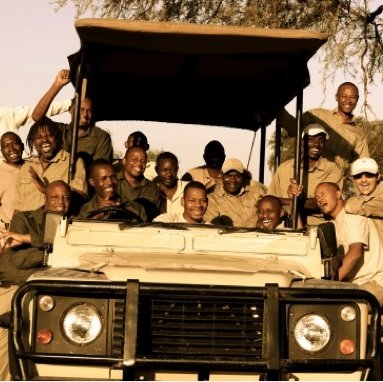
Building bridges between locals and wildlife
Bringing local communities closer to the surrounding wildlife has become a priority at Chada Katavi. By working closely with the Landscape and Conservation Mentors Organisation (LCMO), Chada Katavi supports the development of strong relationships between local communities and wildlife. LCMO collaborates with communities, employing village ambassadors who assist with the running of various activities that promote the coexistence of local people and wildlife. A significant part of this work consists of the running of youth clubs in nearby villages. Here, national park visits, birdwatching, and tree-planting are just a few of the activities introduced to support education about the importance of the nearby environment as well as sustainable living.
Guests at Chada Katavi are encouraged to visit LCMO, located just a 90-120-minute drive away through the national park and surrounding rural area. There, they can experience village life in Katavi, as well meeting with children and youth group members to learn first-hand about how they are contributing towards the sustainability and protection of the local environment. Additionally, visits can be made to the tree nursery, to meet the bee-keeping team, as well as learning about local soap making co-ops and lion defenders. Visitors can also contribute to LCMO and Katavi by donating school supplies and field equipment.
See more great sustainability projects in Tanzania
Communications
- Power supply notes
- Chada has a backup generator and the lights in the tent normally work 24 hours a day. Any battery charging must be done in the main areas.
- Communications
- There is a WiFi tent a short walk from the main area which guests are welcome to use. There is intermittent cellphone reception.
- TV & radio
- There is no TV or radio.
- Water supply
- Borehole
- Water supply notes
- Bucket showers are available on request. Filtered drinking water is supplied to all of the rooms.
Health & safety
- Malarial protection recommended
- Yes
- Medical care
- The camp has first-aid kits on-site and has links to flying doctors for any serious issues.
- Dangerous animals
- High Risk
- Security measures
- There are askaris (armed guards), who escort guests to and from their tents as soon as it’s dark.
- Fire safety
- There are fire extinguishers in the rooms.
Useful info
- Disabled access
- Not Possible
- Laundry facilities
- Laundry – which is hand washed, line dried, and ironed with a coal iron – is currently included but, as with most camps in Tanzania, women’s underwear is not accepted. They are usually able to provide a same-day service if the weather is good.
- Money
- Any valuables can be given to the manager who will store them in the office.
- Accepted payment on location
- Cash is recommended to settle any extras and they will accept US$, GB£, Euro and Tanzanian shillings.
Plan and book your trip with Expert Africa
All of our trips are tailor-made, so we'll always adapt them to suit you. Talk to an Expert and let us plan and arrange your perfect trip.

Talk to an Expert
Call or email us now! We’ll match you with the Specialist in our team who is best suited to help you. Then together we can start planning your trip.

Set up your itinerary
Based on our experience and your ideas, your specialist will create a detailed, costed itinerary. We’ll refine it together, until we have a trip that you’re perfectly happy with.

Prepare for your trip
The same Specialist will make the seamless arrangements for your trip, send you detailed travel documents, and be available to answer any questions before you depart.

Travel with peace of mind
After you set off, you’ll be cared for by our partners in Africa, most of whom have worked with Expert Africa for decades. And if you ever need us urgently, we’re available 24/7.

When you return
We love to learn about your trip, and so will always be grateful if you’ve the time to give feedback to your Specialist when you return.
Chada Camp's location
Look closer at the environment and surroundings of Chada Camp.
Other lodges in Katavi National Park
Alternative places to stay in this same area.
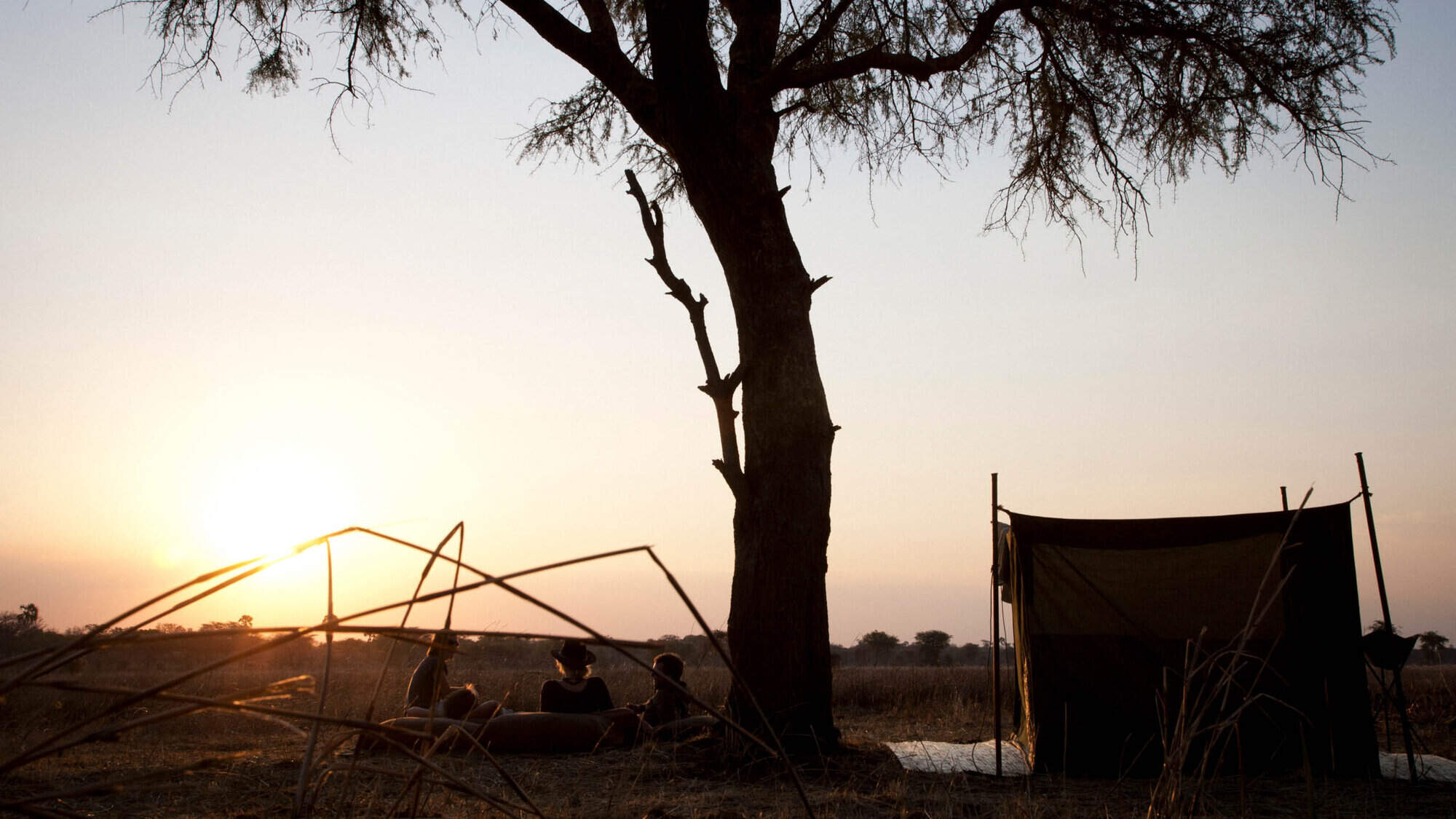
Chada fly-camping
Fly-camping from Chada Camp, in the heart of Tanzania's remote Katavi National Park is as wild as Africa gets.
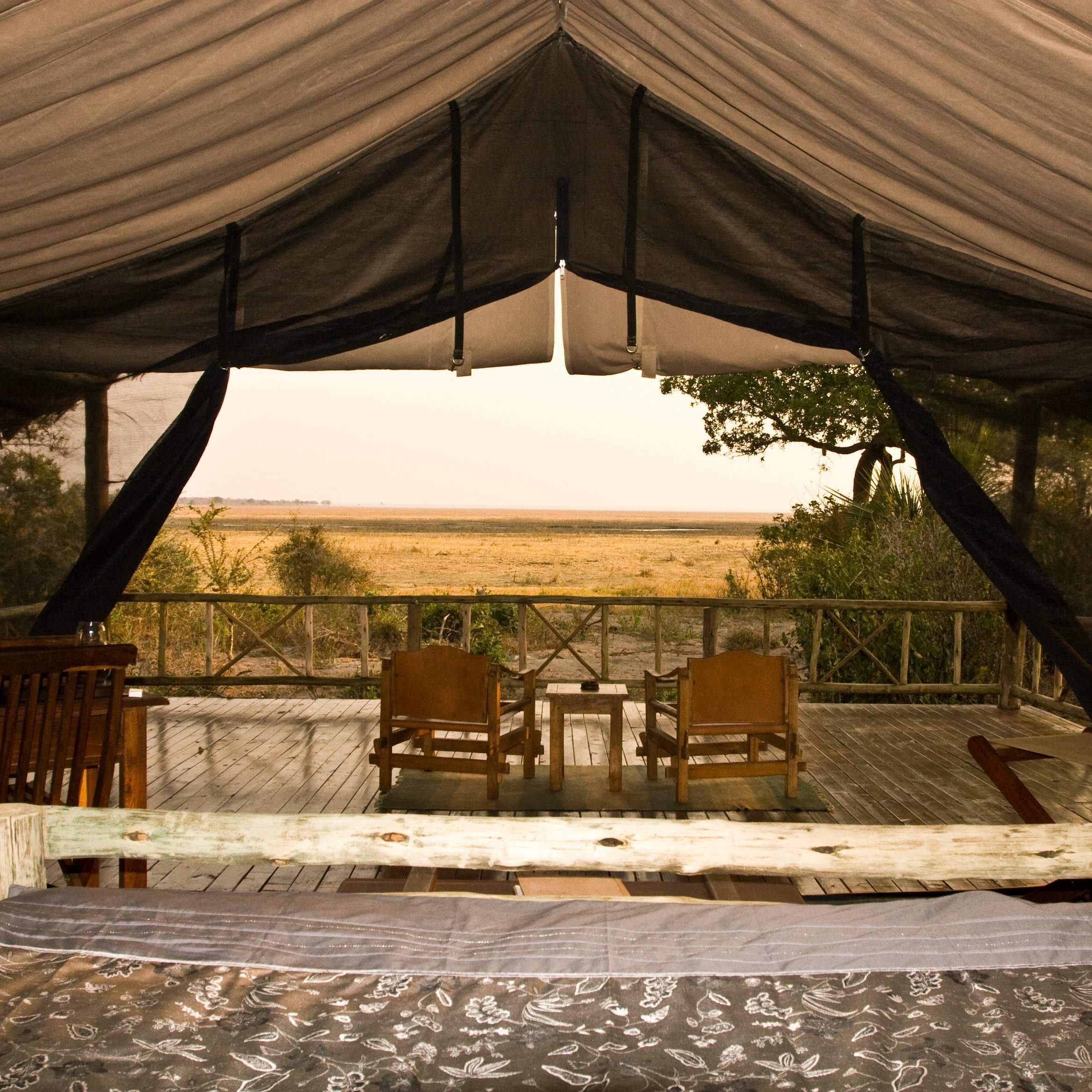
Katavi Wildlife Camp
Katavi Wildlife Camp is a simple tented camp – one of only four in the remote Katavi National Park – with good wildlife sightings all year round.
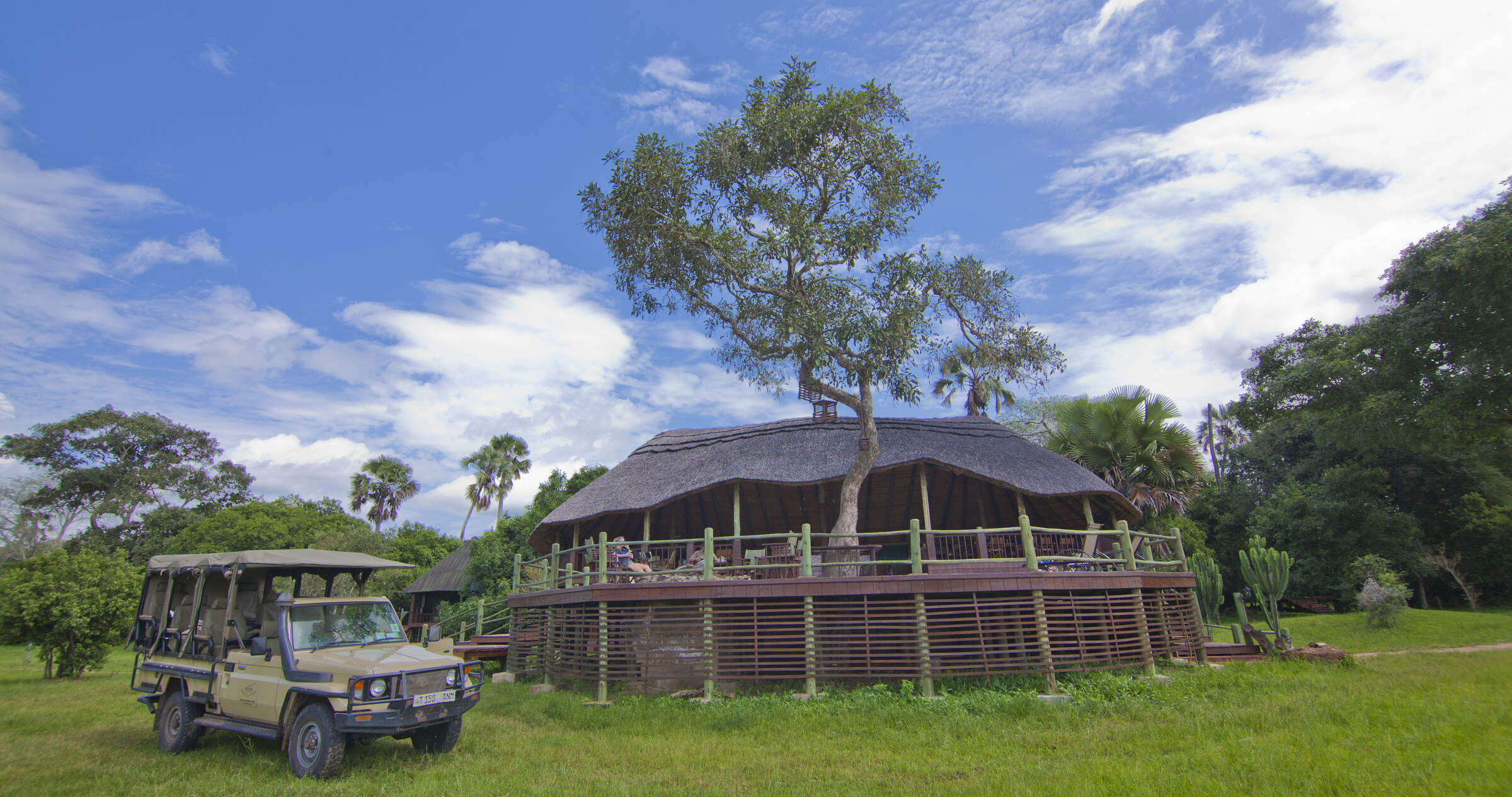
Mbali Mbali Katavi
Mbali Mbali Katavi is a luxury, tented camp situated in the centre of Katavi and the only camp in the park with a swimming pool.
When to go to Katavi National Park
Our month by month guide: What it's like to visit Chada Camp in Katavi National Park
Jan
Feb
Mar
Apr
May
Jun
Jul
Aug
Sep
Oct
Nov
Dec
Tanzania in January
January usually marks the start of the short dry season, although the exact timings of this are a little unpredictable. You can expect clear blue skies and sunshine, if the short rains have stopped, and the temperatures will be building. The short dry season is a little less pronounced in Southern Tanzania, and so it can still be wet in these areas. It is an interesting time for avians as resident birds go into breeding plumage and migrant species can be present.
Once the New Year busy period has quietened down, January can offer great value and quieter parks, although the weather can be variable, and in the Selous and Ruaha the wildlife is more dispersed.
- Variable weather: clear & dry or cloudy with some rain.
- Occasional thunderstorms may occur.
- A good time of year for birding as and many migrant species are around
- The wildebeest migration is gathering in the southern Serengeti.
- Busy in early January, quietening down through the month.
Our view
A good time to visit, with pros & cons
Weather in January
Tanzania in February
February is during the short dry season and is one of the hottest months in Tanzania, with temperatures reaching around 33°Celsius. This can be a good time to visit, as some areas of the Northern Circuit are comparatively quieter than during the European summer months, and lodge rates are also a little lower.
The wildebeest will typically be on the southern plains of the Serengeti for their calving season, which tends to occur in a 2-3 week window in early-mid February – although this does vary year on year. This is also a particularly rewarding time for birdlife, as northern hemisphere migrants join the resident species.
- Hot and dry weather.
- Wildebeest migration calving on Serengeti’s southern plains.
- Ngorongoro Crater and southern Serengeti busy for the migration.
- Selous and Ruaha are typically quiet at this time.
- The parks are likely to be lush and green, leading to pretty landscape
Our view
A very good time to visit
Weather in February
Tanzania in March
The heavier ‘long rains’ start in earnest in March although exactly when varies year on year. With no need to stay close to permanent water sources, migratory wildlife disperses, and so game viewing starts to become more challenging. This is most prominently seen in Tarangire National Park. The wildebeest migration may still be calving, or have moved on into the central regions of the Serengeti.
Many of the camps in the southern parks close mid March and mobile tented camps in the Serengeti will wind down towards the end of the month in order to move location or carry out refurbishments, ready for the new tourist season.
- Hot with building humidity, before the rains begin at some point.
- Wildlife viewing is variable depending on the start of the rains.
- Parks are quiet and rates are low.
- Not great for southern or western Tanzania.
- March can be a good time for birding, with many migrant species.
Our view
A good time to visit, with pros & cons
Weather in March
Tanzania in April
April is in the middle of the long rainy season and is the wettest month, with on average 250mm of rain. Temperatures are fairly high and humid in comparison to the rest of the year. Expect the bush to be lush and flowering, and alive with insects, birds and smaller animals. It is however also dense, allowing wildlife to hide, which in turn makes game viewing harder. This is a very quiet time in terms of visitor numbers.
Many of the tented camps are closed in April, however the larger lodges remain open. The rates are significantly cheaper, and so if you are willing to work harder to spot the bigger game, some accommodation bargains can be had.
- Heavy rain expected, with impressive thunderstorms and lightning.
- Many camps closed and roads impassable due to ground conditions.
- Rates are at their lowest all year round, with very few other tourists
- Places that are open are green and vibrant, wildlife more dispersed.
Our view
This is not a great time to visit
Weather in April
Tanzania in May
As Tanzania is close to the equator there is no dramatic difference in climate throughout the year, but temperatures do start to drop a little in May. The rains are likely to still be present, although potentially clearing towards the end of the month. Visitor numbers and lodge rates are still low. The wildebeest migration is making its way through the western regions of the Serengeti, crossing the Grumeti River.
Virtually all camps in southern Tanzania remain closed, and many of the roads and tracks in the Selous become impassable.
- Heavy rains and storms are likely, this can create some dramatic skies
- Blissfully quiet in northern Tanzania, and a good time to avoid crowds
- The parks are likely to look lush and green, with long grass.
- Wildlife is likely to be more dispersed, with fewer sightings.
- The low prices make safaris much more affordable at this time.
Our view
This is not a great time to visit
Weather in May
Tanzania in June
The rains come to an end at some point during the month and migratory wildlife begins to be drawn back to perennial water sources as the land starts to dry up. It’s likely that the parks will still be quite green and the grass high though, so walking and fly-camping may be unlikely. This marks the start of the season with camps reopening, but prices are still more affordable than the subsequent months.
The migration may still be in the Western Corridor, or on the move northwards towards the Mara River. Western Tanzania presents more challenging conditions for chimpanzee trekking in Mahale National Park, as the chimps are higher in the mountains.
- Variable weather: clear & dry or cloudy with some rain.
- A transitory time for the migration – moving from west to north.
- The parks may still be quite green, and grasses high.
- Wildlife may be dispersed still.
- Relatively low visitor numbers and good value, shoulder season prices.
Our view
A good time to visit, with pros & cons
Weather in June
Tanzania in July
July is considered to be the start of the peak season, with no rainfall expected and pleasant daytime temperatures. As the parks dry, the wildlife congregates in fewer areas, grass is eaten and trampled by the migration, and game viewing gets better and better. The wildebeest are typically arriving in the northern Serengeti, ready to begin their period of crossings of the Mara River.
In the Selous and Ruaha wildlife sightings can be fantastic, with animals gathering around the lakes and rivers. Great conditions and school holidays mean the parks are at their busiest, with Ngorongoro and the Serengeti particularly crowded.
- Dry and warm daytimes, chilly and windy in the mornings and evenings.
- Great wildlife viewing, as water sources diminish.
- The most popular time of year with very high visitor numbers.
- Prices are at their highest due to the great conditions on the ground.
- To avoid the crowds consider Tanzania’s southern parks.
Our view
Fantastic: the very best time to visit
Weather in July
Tanzania in August
August is the middle of the long dry season, with clear skies and sunny weather. You can expect some cooler weather at night and first thing in the morning. Remember to pack layered clothing, so you can wrap up warm on your early morning game drives, but remain comfortable as it heats up throughout the day.
August is a very popular time to visit, so accommodation prices are at their highest and advanced booking is necessary. It can get noticeably busier in some of the northern parks – in particular the Ngorongoro Crater and northern Serengeti, as visitors flock to the area in hope of witnessing an exciting migration river crossing.
- Dry and warm daytimes, chilly in the early mornings and evenings.
- General wildlife viewing should be excellent.
- An exciting time of year for the wildebeest migration.
- Certain areas will be very busy and camps fill up fast.
- Great wildlife sightings in the Selous and Ruaha, and fewer people.
Our view
Fantastic: the very best time to visit
Weather in August
Tanzania in September
September can be an excellent time of year to visit Tanzania. As the parks continue to dry up the wildlife becomes increasingly reliant on the remaining water sources, leading to high densities of animals. Whilst early September can be busy, with fewer families traveling at this time the parks typically become quieter as the month goes on.
You are still likely to see the wildebeest migration in the northern Serengeti, with river crossings occurring on a regular basis. Tanzania’s southern parks are also fantastic at this time of year, generally receiving far fewer visitors than the north, and wildlife sightings can be great. Prices remain high and the weather generally remains good.
- Wildlife viewing in September can be fantastic.
- Whilst still fairly busy, often the parks are typically a little quiet
- The parks will start to become very dry, with little new vegetation
- Cooler mornings and evenings, warming up during the day.
- Prices remain high.
Our view
Fantastic: the very best time to visit
Weather in September
Tanzania in October
At the tail end of the dry season, the wildlife should be the easiest to spot, although photographers should be aware that it can be a bit dusty at this time of year, as there has been no rain for several months. Great general wildlife viewing throughout as animals are attracted to remaining sources of water. Elephant numbers are particularly high at this time in Tarangire, and Mahale and Katavi are especially rewarding with frequent wildlife sightings close to camp.
There is a chance of rainfall towards the end of the month, if the short rains commence. While prices remain high, visitors numbers are significantly lower than in July-August.
- Mostly dry and temperatures comfortably warm, with the chance of storm
- Great game viewing although the landscape can be a bit barren.
- Much lower visitor numbers than the earlier months.
Our view
A very good time to visit
Weather in October
Tanzania in November
In November you can expect the start of the short rains, although the start date varies every year. The rains are highly localised, and are much lighter and more unpredictable than the long rains that occur earlier in the year. These should not really interfere with your safari – as the game viewing at this time is still good - but you should pack a waterproof jacket and be prepared for some short rain showers!
The majority of tented camps remain open, but some of the mobile camps in Northern Tanzania will close for the latter half on the month. Given the seasonality, camps are charging shoulder season rates so there are often some bargains to be had. Early November can offer great value for money and the weather conditions are likely to be comparable to late October.
- Variable weather: clear & dry or cloudy with some rain.
- Parks are comparatively quiet and prices at the lower end.
- Some camps will close towards the end of the month for maintenance.
- Good wildlife sightings, but animals will disperse when rain starts
- The wildebeest migration is on the move and the location unpredictable
Our view
A good time to visit, with pros & cons
Weather in November
Tanzania in December
December is also during the short rainy period, but this does not stop Tanzania being a popular destination to spend the festive period. Be aware that many of the lodges book up early, and charge peak rates over this time. Advanced booking is essential over this period, especially if travelling in larger family groups.
Travelling in December outside of the festive period allows travellers to make use of excellent shoulder season rates. Temperatures are pleasant with the averages of 27Celsius, although there is the chance of intermittent thunderstorms.
- Variable weather:clear & dry or cloudy with some rain and thunderstorm
- Good general game viewing in parks with low seasonality - Serengeti.
- Very quiet early in the month, becoming exceptionally busy.
- Prices reflect this – great value rising to the highest they are.
- The wildlife in southern Tanzania is more dispersed.
Our view
A good time to visit, with pros & cons
Weather in December

Looking for inspiration on where to travel next?
Visit our trip chooser to explore your options and find inspiration for your perfect African adventure
Inspire me